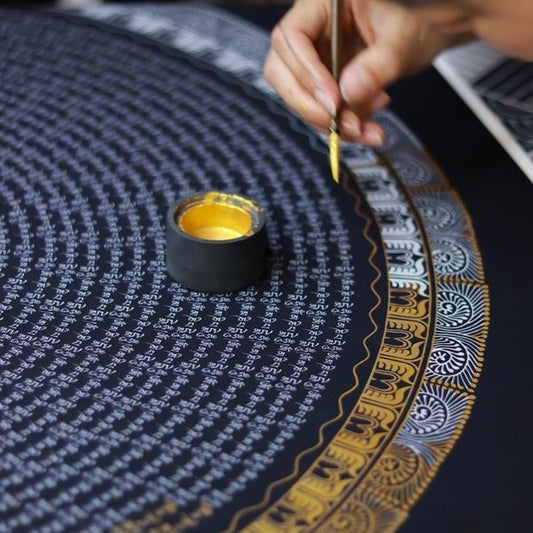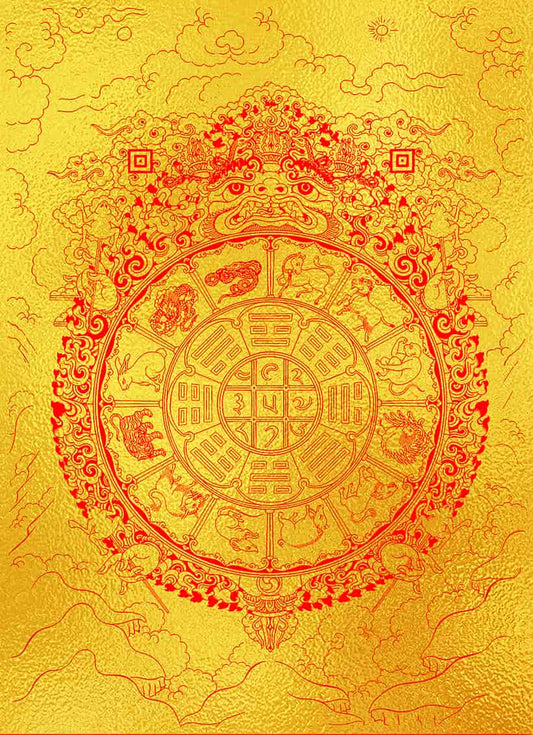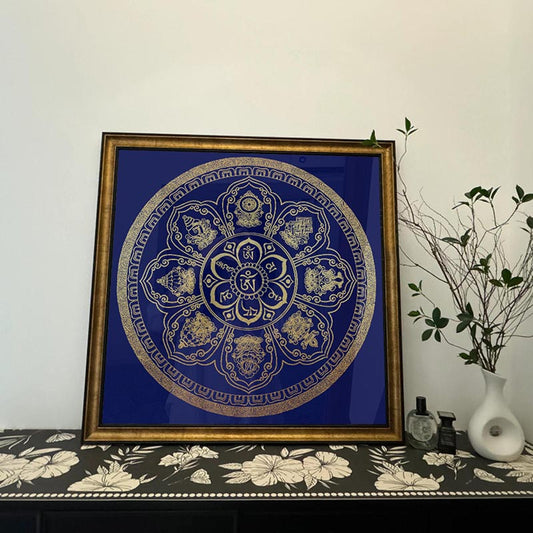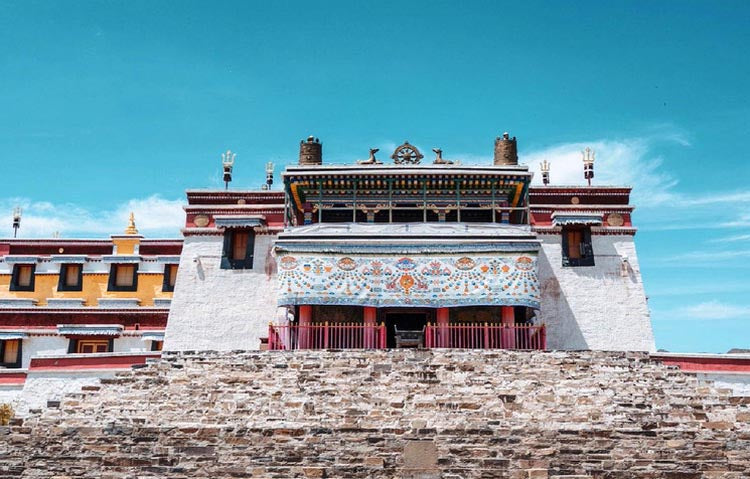Bhutanese Thangka A Journey Through Color and Spirit
Bhutanese Thangka A Journey Through Color and Spirit
When you hold a thangka painting from Bhutan, you're not just gazing upon a piece of art—you're stepping into a world where spiritual practice and artistic tradition are woven together through meticulous detail and vibrant color. Bhutan, nestled in the heart of the Himalayas, is home to a rich tapestry of thangka art that mirrors its profound Buddhist culture. Each piece tells a story of devotion, skill, and heritage, serving as both a spiritual tool for meditation and a visual narrative of Buddhist philosophy.
In Bhutan, the creation of a thangka is an art form deeply intertwined with the teachings of the Buddha. From the selection of natural pigments to the precision of the brushwork, every step in crafting a thangka is guided by spiritual intent and careful craftsmanship. Traditional pigments, often extracted from minerals and plants, bring a unique vibrancy to the paintings. The blues, derived from lapis lazuli, and the reds, from cinnabar or vermillion, not only contribute to the artwork's aesthetic appeal but also carry symbolic meanings, with colors representing various aspects of the divine and spiritual states. The meticulous preparation of these pigments echoes the patience and dedication that underlies the thangka-making process.
The artisans behind Bhutanese thangkas dedicate years, often decades, to mastering their craft. It's a line of work that demands not just artistic skill but also a deep understanding of the spiritual iconography depicted within each scene. Imagine the steady hand and focused mind required to capture the compassionate gaze of Avalokiteshvara or the fierce protection offered by Mahakala. Each figure is imbued with layers of symbolism, from the mudras and postures to the deities' expressions and the mythical landscapes they inhabit.
This dedication reflects in the thangka's final purpose: to serve as a visual aid for meditative practices and religious observance. In Bhutanese homes and monasteries, thangkas are more than decorative; they are vital elements of daily spiritual life. Hanging a thangka is often accompanied by rituals and prayers, inviting the blessings of the depicted deities into one’s space. For those practicing Buddhism, these pieces serve as aids for contemplation and vehicles through which enlightenment and spiritual growth can be pursued.
As you explore the world of Bhutanese thangkas, you're also engaging with a culture that values harmony between tradition and spirituality. Bhutan, often noted for its unique approach to measuring national success through Gross National Happiness, reflects this balance in its art—each brushstroke is a testament to a way of life that honors the past while embracing the present. The thangkas stand as a bridge connecting the tangible and the ethereal, inviting viewers to pause, reflect, and perhaps sense a touch of the sacred in everyday life.
So, when you next find yourself in the presence of a Bhutanese thangka, take a moment to consider the stories captured in its intricate details. Let yourself be drawn into its vibrant colors and consider the hands and hearts that brought it to life. After all, beyond the brushstrokes lies a narrative of devotion, an art form that transcends borders, connecting tradition with the universal quest for spiritual understanding.





